I like to de-stress by stressing my body.
You can watch my full 90 minutes practice at the end of this article on dtube.
Last year I took it to the extreme and pushed myself over my edge. The good thing about yoga is that it humbles you and shows you were your place is. So after learning my lesson, this year I took a few steps back and faciliated my yoga practice.
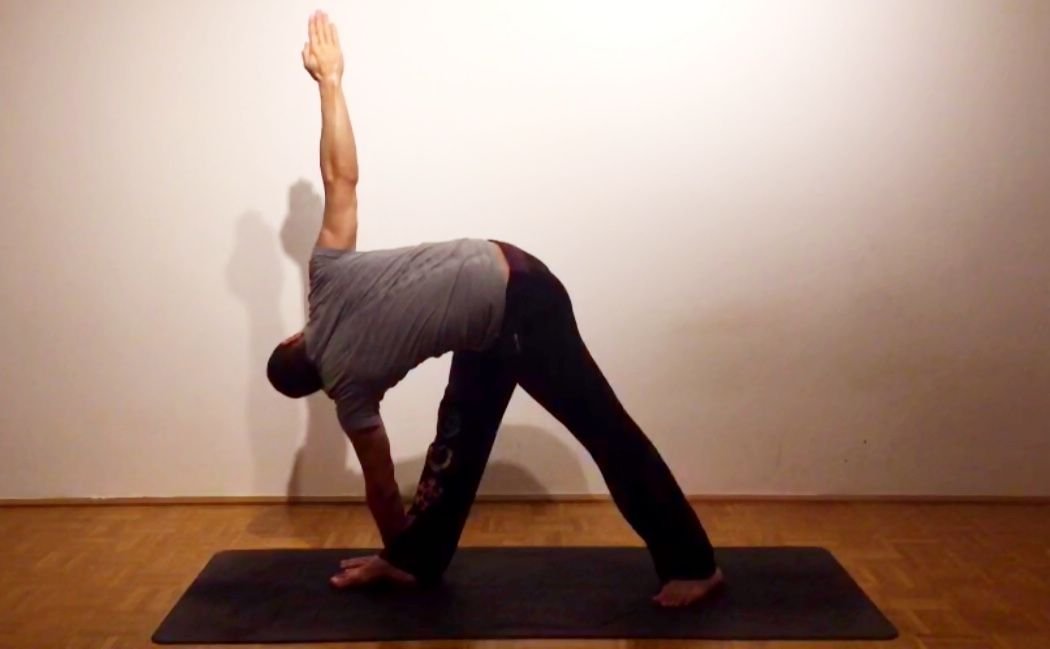
Instead of 3-4 hours a day, I only practice relaxing 2 hours, and on rest days only half an hour. I give my ligaments and fascias enough time to regenerate and heal, skipped spending half an hour in padmasana, or lotus pose a day and gently open my hips now, not through quantity but through quality work of the ashtanga primary series, also known as yoga cikitsā, which means yoga therapy in Sanskrit.

This practice cleanses your organs, tissues, and glands of toxins, fat, and other harmful substances through forward bends, twists, backbends, powerful lifting and headstands. It is the most balanced and complete practice I know.
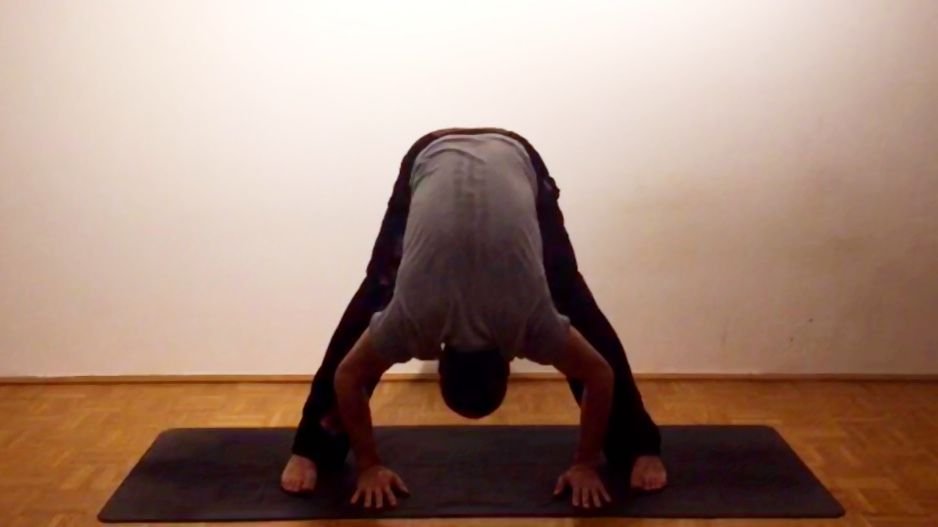
Later on when you mastered the poses of this first of six series, you add the remaining five one by one, so that you practice a different series on each day of the week, this can take you years, decades, a lifetime, or It may never happen, thus guaranteeing endless evolution.
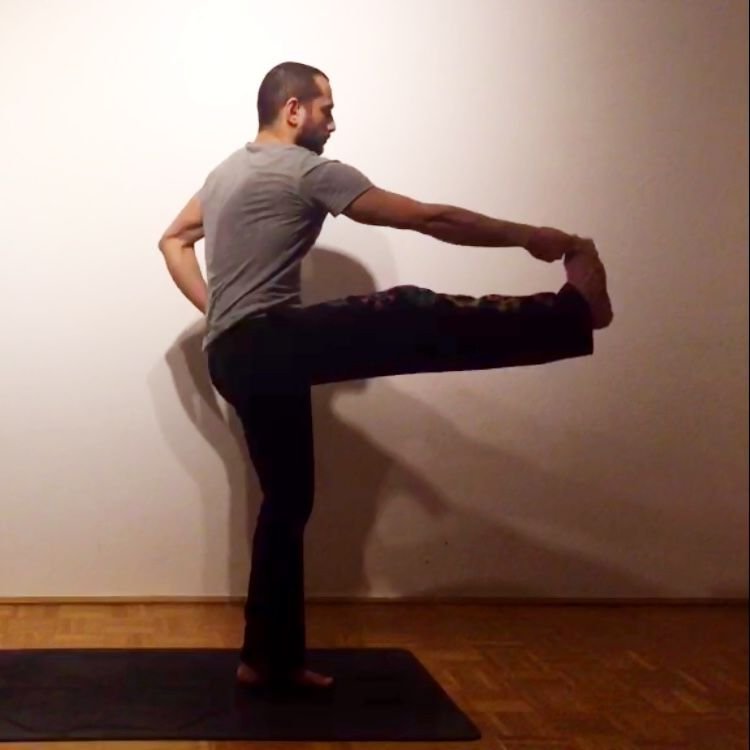
What de-stresses me with this practice is that you also practice the antarangas, or inner limbs of Patañjalis Yoga Sūtras, one of the foundational texts of classical Yoga philosophy.
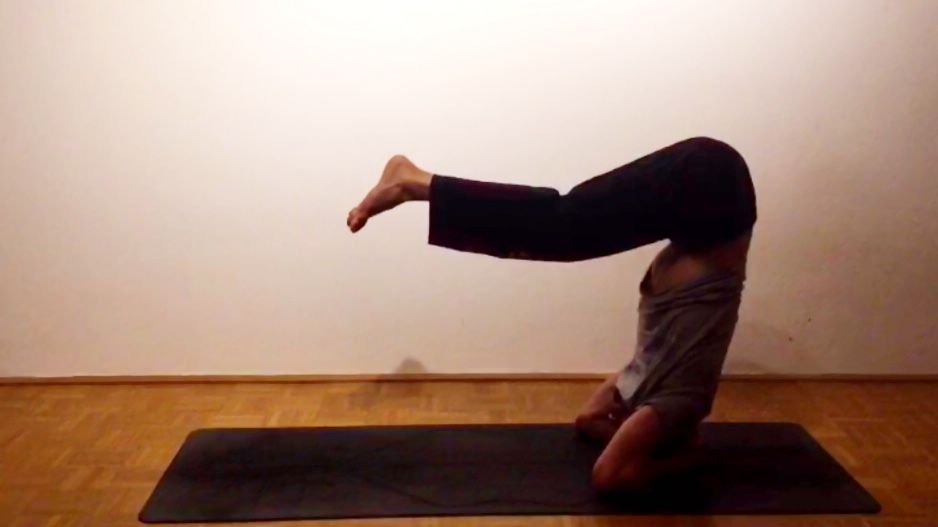
By the ujjayi or victorious breath, where you slow down your breath and make it audible by slightly constraining your glottis, you practice pranayama, or rhythmical breathing.
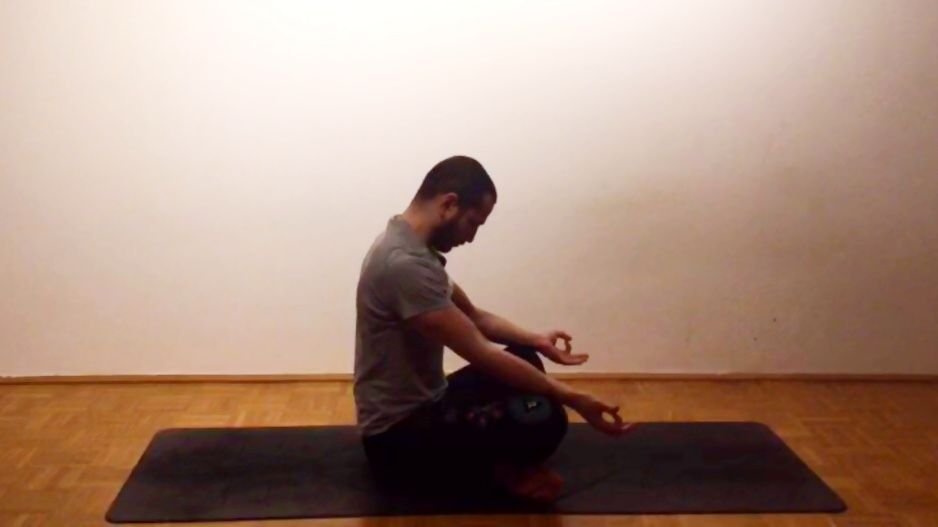
Pratyahara, or sense withdrawal is practiced through drishti, the different focal points you constantly look at during the practice. By arresting the eyes you also still your subconscious mind, which we know is active when the eyes move, like in the REM phase of sleep. The ears are drawn inwards by constantly listening to the sound of the breath.
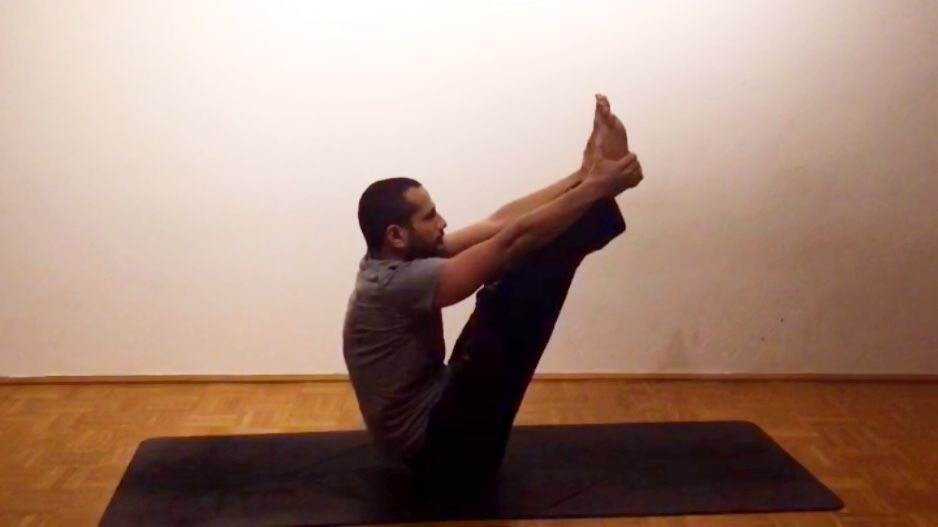
Dharana, one-pointedness or focus, is achieved by concentrating on the bandhas, a constant tightening of the pelvic floor and the lower abdomen, the drishtis, proper alignment and the ujjayi breath.
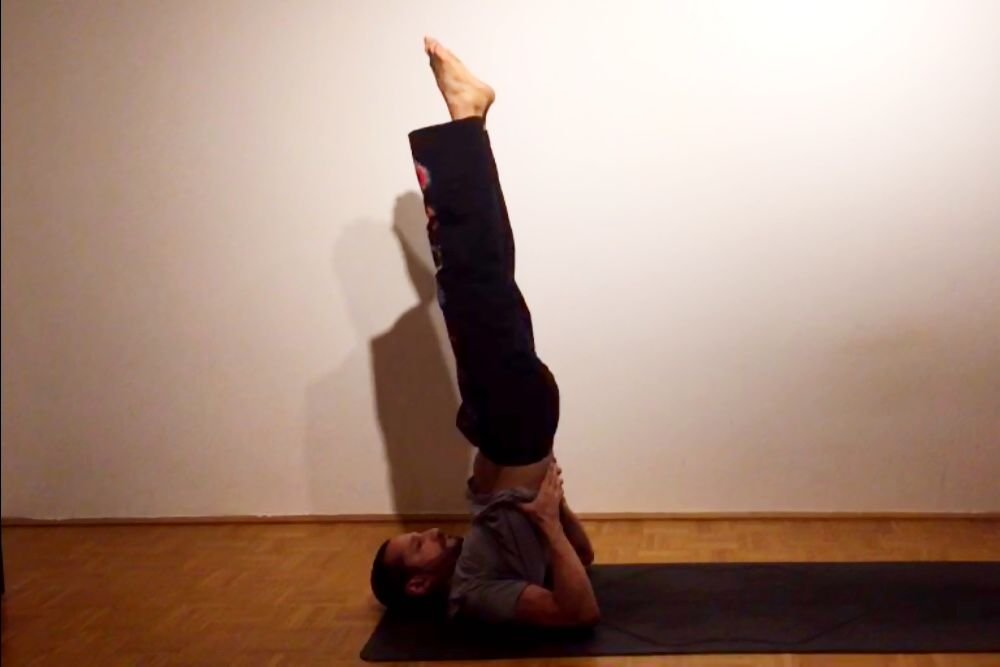
When after years of constant practice no effort from your side is needed, as if you were sitting at the shore watching the river flow, you reach the state of dhyana, a meditative state where you are not the doer anymore, just observing the act of moving in the fusion of body and movement.
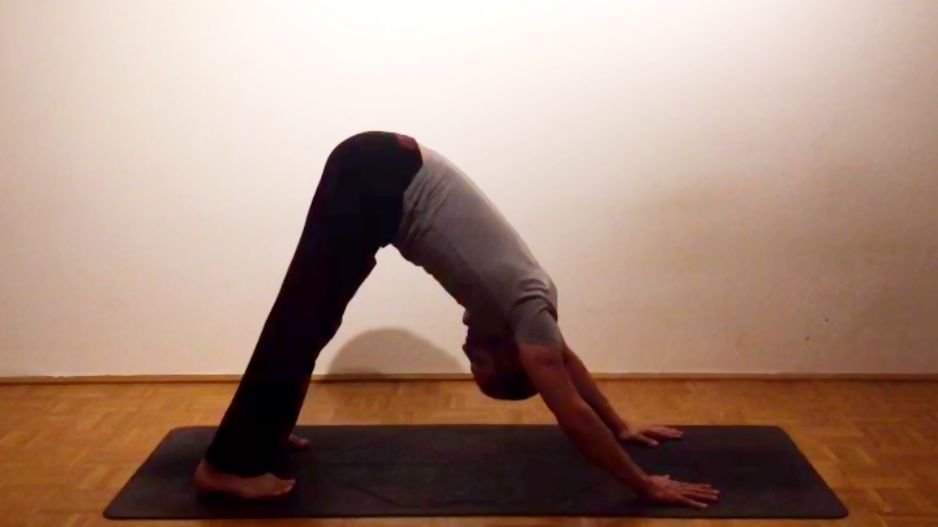
Editing the video I realised how complex this sequence is, consisting of 72 poses, which you don’t perceive that much when doing your 1.5 hour practice.
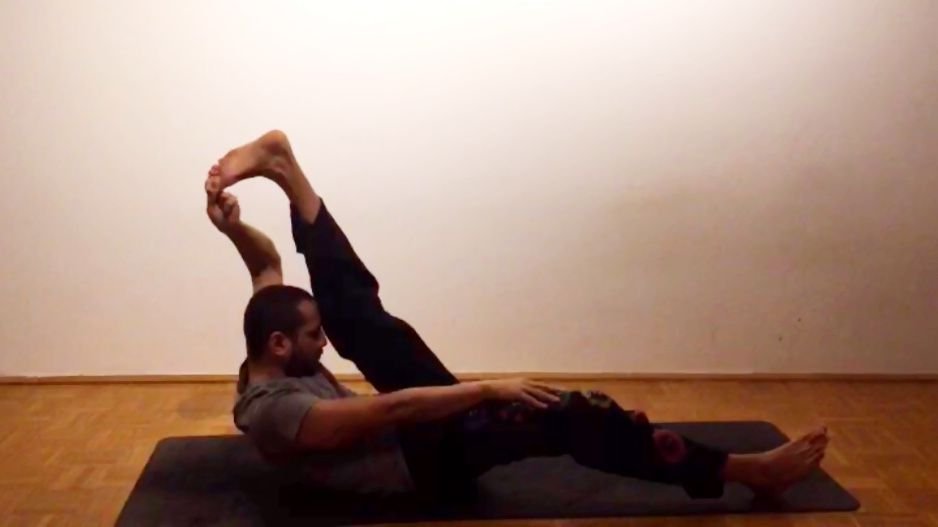
Through outer structure and limitation I pathed the way to inner freedom. In former times I constantly jumped different styles of practice, satisfying my monkey mind, but somehow I got lost and created inner limitation through outer freedom.
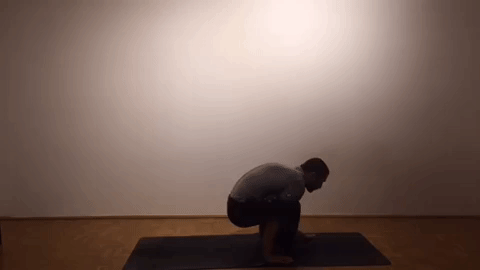
Now when I do my ashtanga practice I feel right at home, while still having the freedom to do something else additionally when having the strength and time, just for fun.
daily 90 min ashtanga practice with transliterated sanskrit names of poses
▶️ DTube
▶️ IPFS
